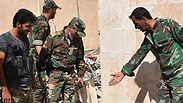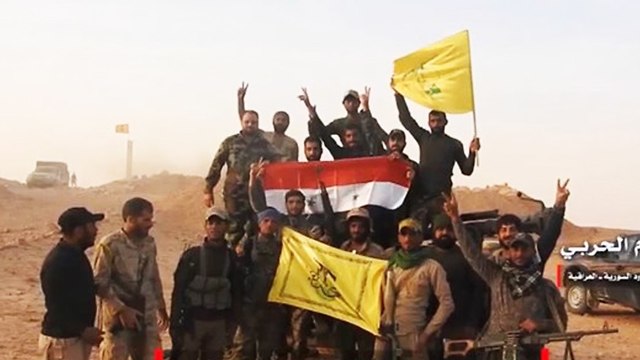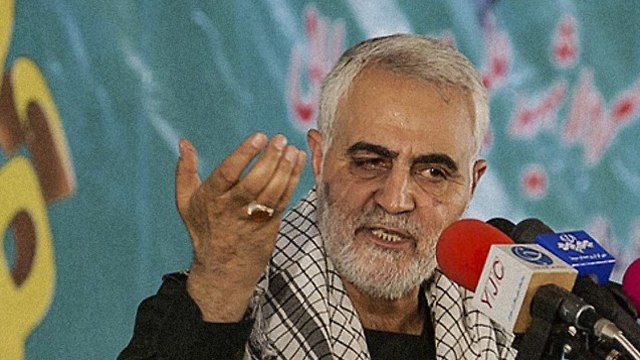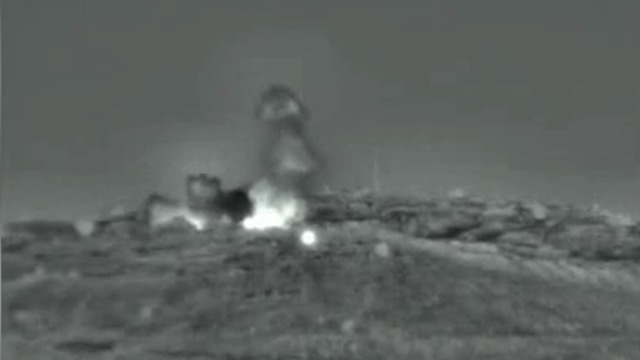

The airstrike on Syria observation post was a long time coming
Analysis: Tel al-Hara, which towers over Syrian side of Golan, was used by Iranians and Hezbollah to watch IDF movements and plan attacks until Russia brokered a deal to keep foreign elements away; but that deal appears to have been waning and now Damascus is blaming Israel for missile attack there
Tel al-Hara, which Syria claimed was attacked overnight Tuesday by Israel, is a 1.1km-high extinct volcano that towers over the Syrian side of the Golan Heights, just like Tel Fares and Mount Avital in Israeli territory.
It is the highest point in the region, permitting visual and electronic observation reaching far into Israeli territory. For decades, Tel al-Hara has served as an intelligence base for the Syrian army and other elements such as Iran and Russia, which operate there under Syria's patronage. The surrounding area it is a closed military zone.
Throughout the civil war in Syria, the hill was seized by rebels from Jabhat al-Nusra, an offshoot of al-Qaeda. Once in control, they showed off documents from the Russian and Iranian (Revolutionary Guards) intelligence agents who had been there before.
The Russians and Iranians – allies of Syrian President Bashar Assad - were using the site to observe rebel positions in the area of the city of Daraa, near the Jordanian border, and on the Syrian Golan.
In late 2018, the Syrian army - with Russian mediation - took control of the area, including Tel al-Hara. According to the agreement with the Russians, only the Syrian army is allowed to remain in the region, while Hezbollah, Iran and the Shiite militias operating on its behalf were to be pushed back at least 80km east of the Damascus-Daraa road, which runs close to the tell.
The agreement was honored initially, and only the Syrian army used the tell. However, it is not inconceivable that it is also now used by foreign elements who have become entrenched there - mainly Hezbollah, but also the Iranians and the Shiite militias.
It is fair to assume that Hezbollah, the Iranians and their proxies in Tel al-Hara intend to use it to gather intelligence for a variety of purposes: to facilitate future infiltrations into Israeli territory and attacks on civilian and military targets; to aim missiles, rockets and artillery; to monitor IDF and IAF activity as well as deployments that could indicate whether Israel was planning an operation that may disrupt Iranian and Hezbollah plans.
It is also fair to assume that Tel al-Hara has returned to its previous function as an intelligence base from which to attack Israel and gather information about IDF deployments.
The Tuesday night attack was only a matter of time. Israel had announced several times that it would not allow the consolidation of an Iranian-led radical Shi'ite front in Syria. The attack may also have served to remind the Russians to ensure that the mediated understandings are honored. If not, Israel would have to take care of the problem itself.
Russian military police units are stationed on the Syrian side of the Golan Heights, who could easily ascertain the facts on the ground at Tel al-Hara. The Russians have an interest in doing so, given the recent fierce competition between Moscow and the Tehran over control in Syria once the war is over.
The attack overnight followed several incidents over the past two weeks. Last week, IDF systems detected several anti-aircraft missiles fired from Syria, and 10 days ago Syria reported that missiles had been fired at the T-4 military airfield near Homs.
The Defense Ministry in Damascus announced at the time that Israel was responsible for the airfield attack, in which Syria intercepted two missiles. The site contains warehouses belonging to the Iranian Revolutionary Guard and is in an area where the foreign media previously reported attacks by Israel.
The night before the airfield attack, the IDF struck Syria after two rockets were fired at Mount Hermon, on the Israeli side of the Golan. The Syrian Observatory for Human Rights reported at the time that IDF targets included two Syrian artillery batteries, a number of observation and intelligence posts on the Golan, and an SA-2 air defense system.
At least 10 people were reported to have been killed, apparently including seven foreign nationals killed in an attack south of Damascus, and three Syrians were killed in an attack in the Quneitra area.



















